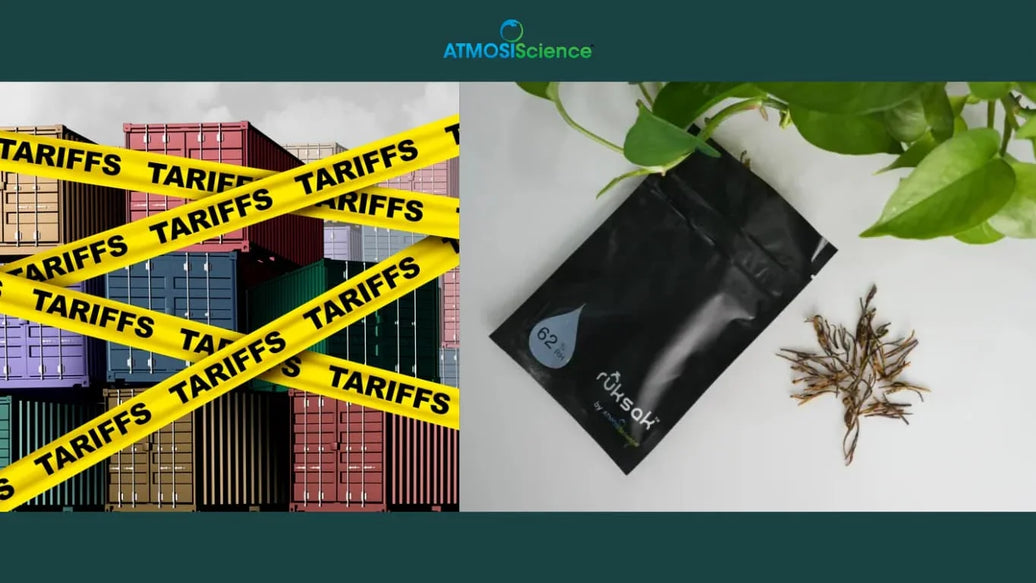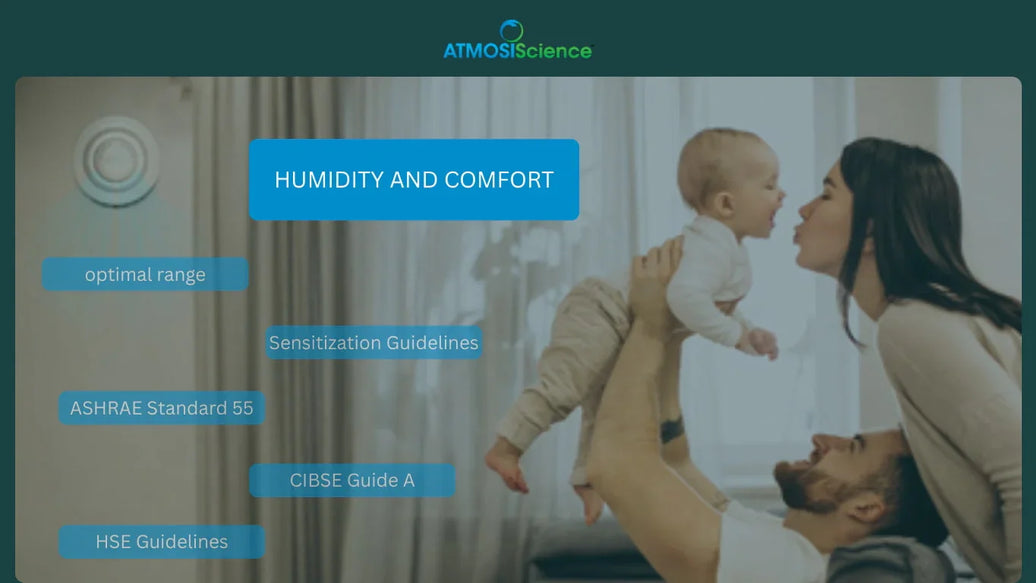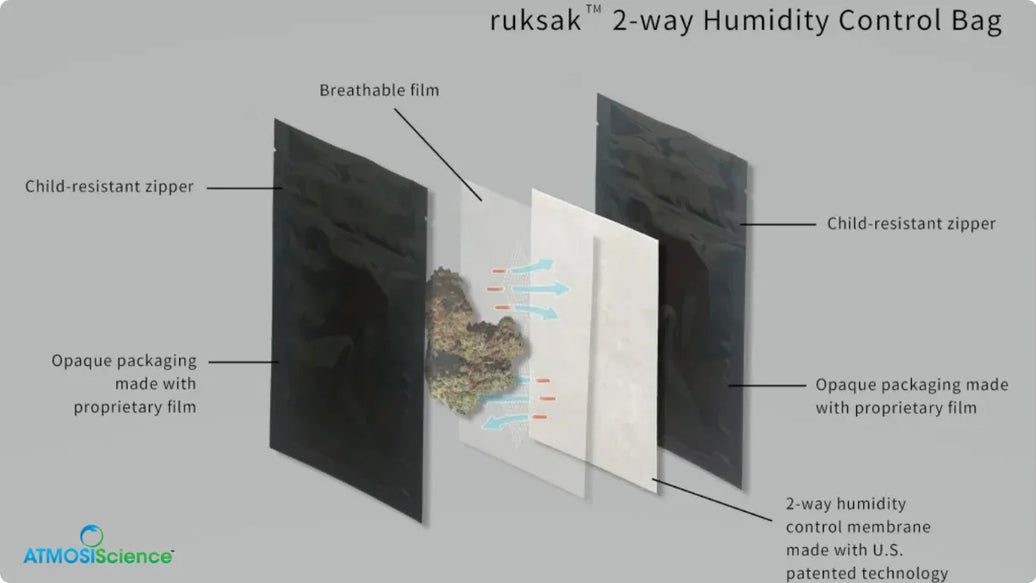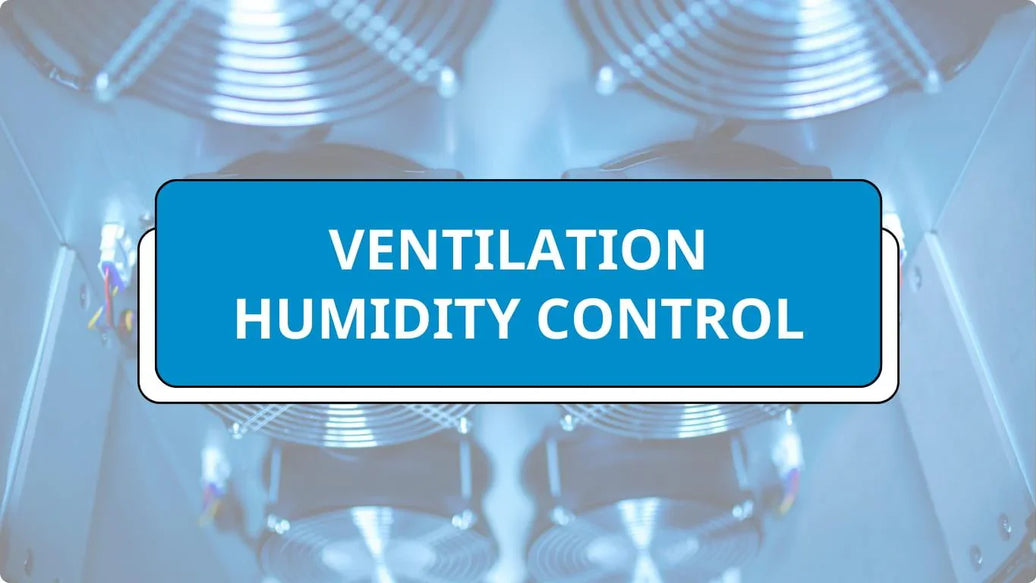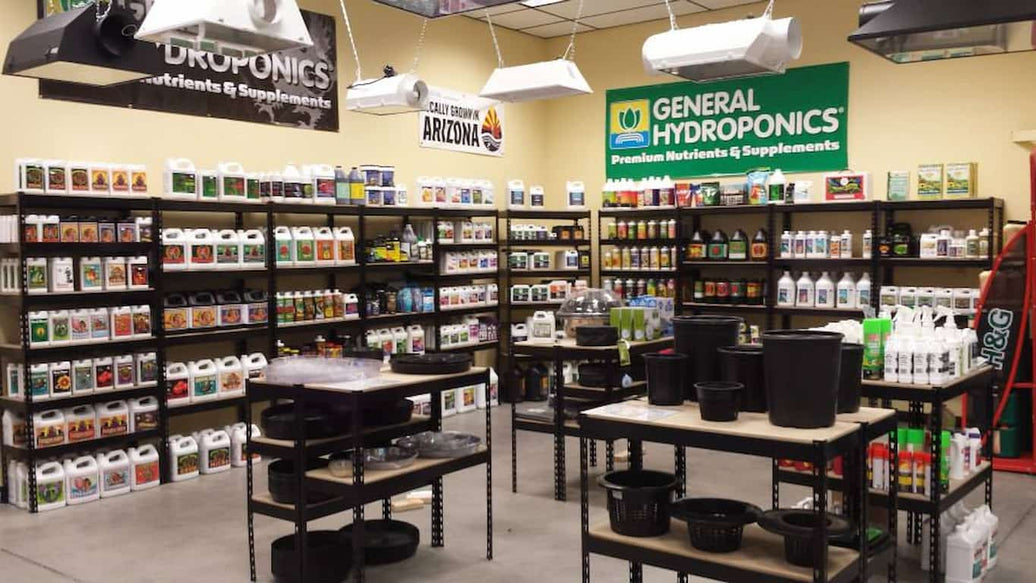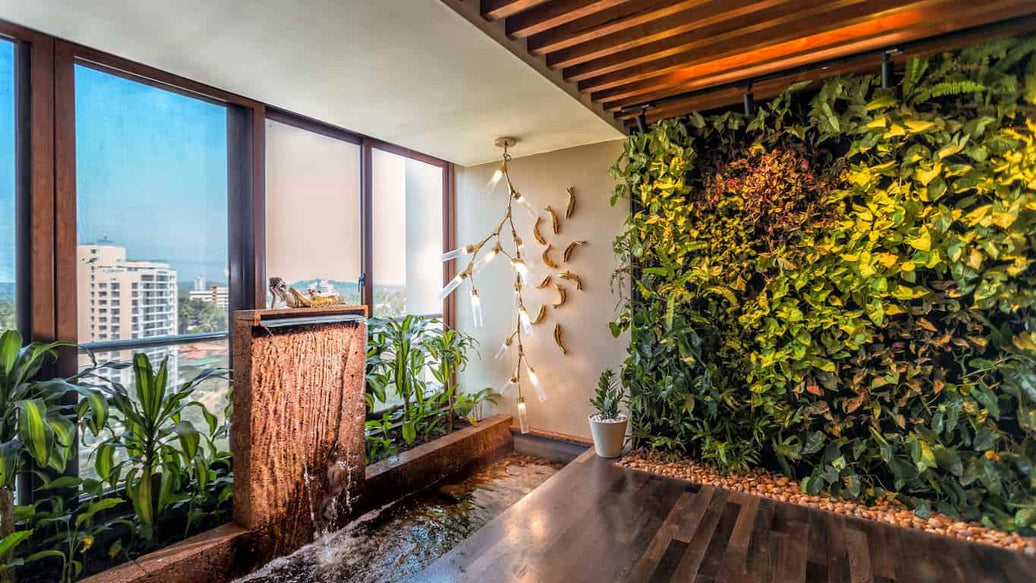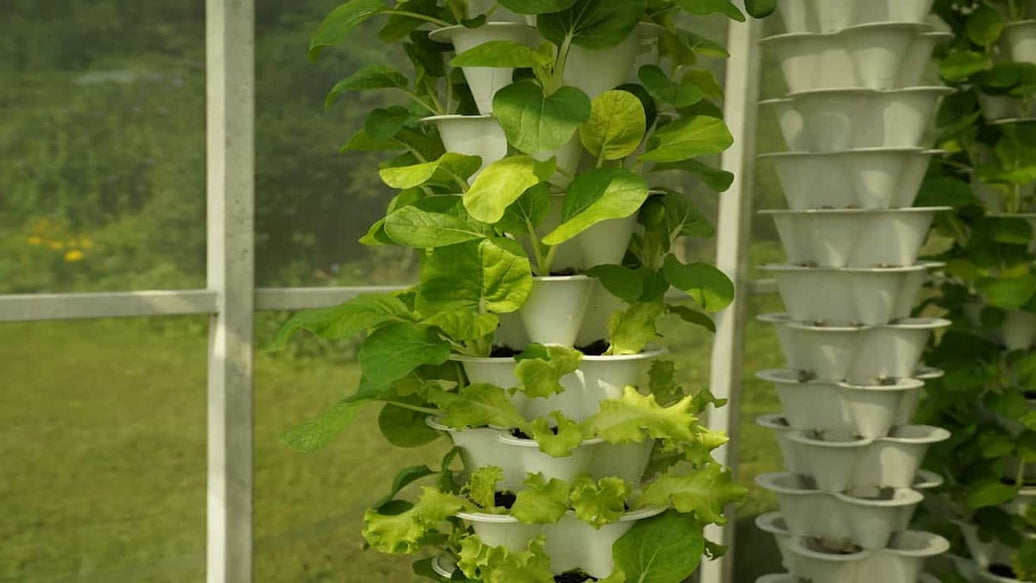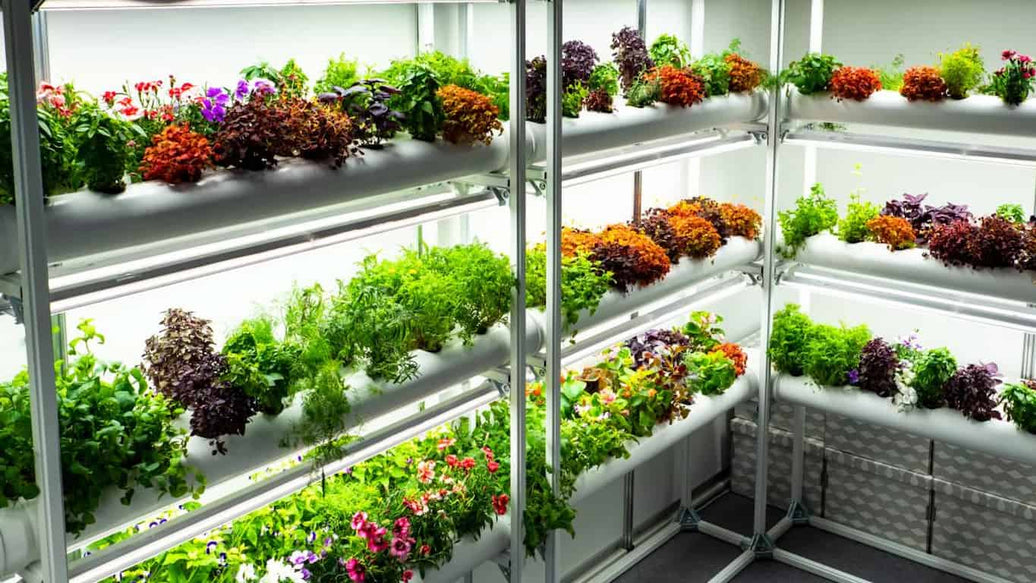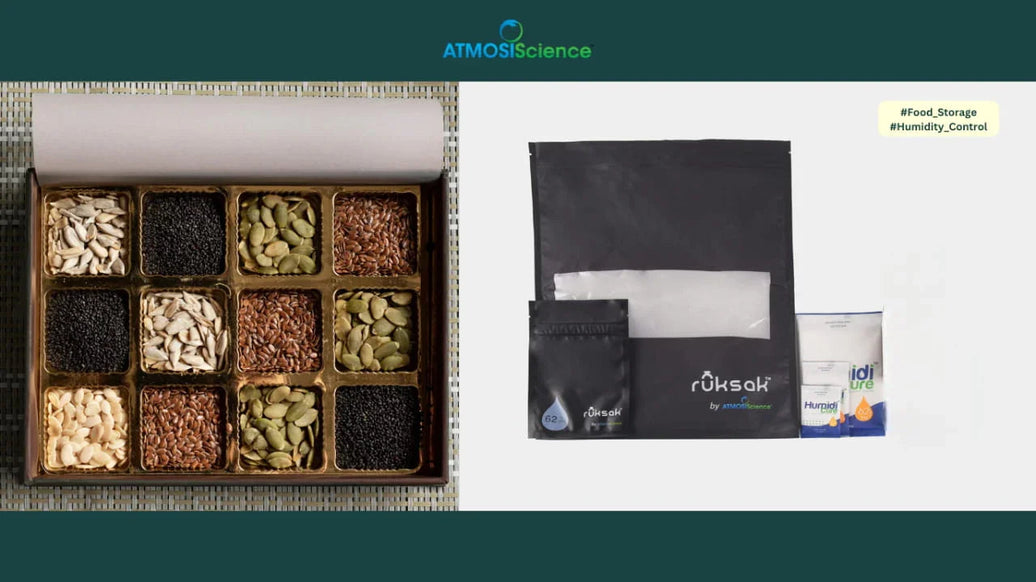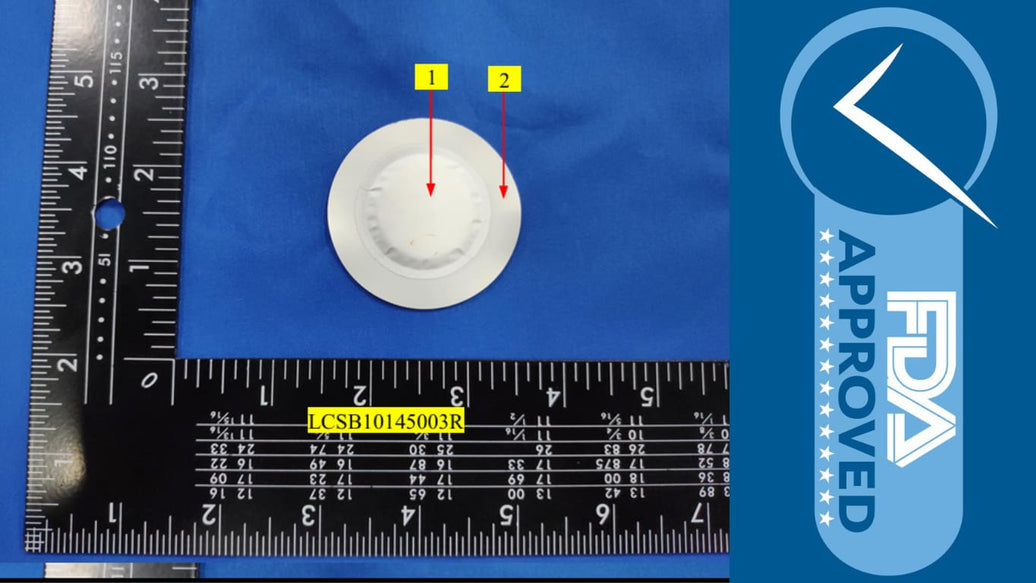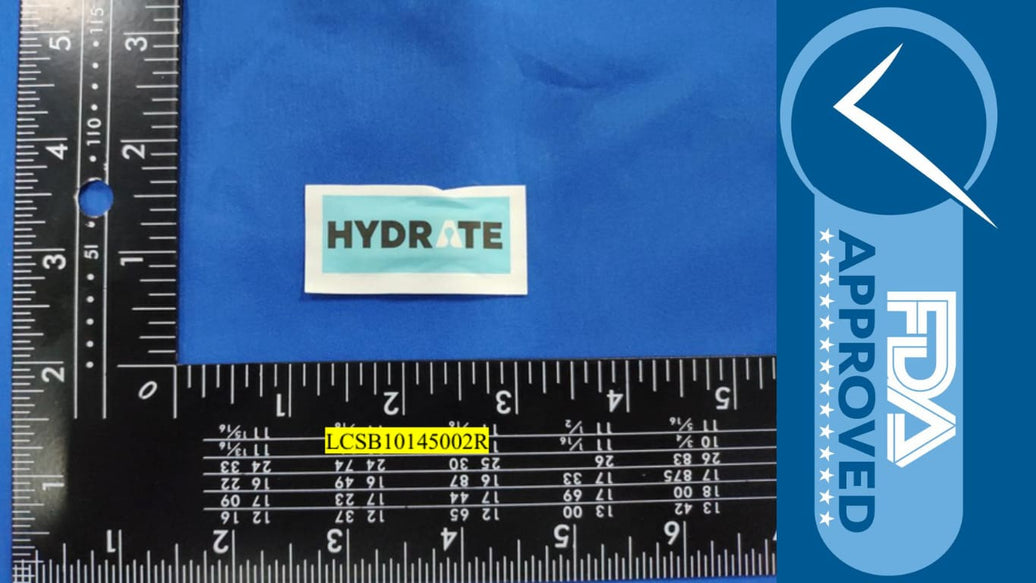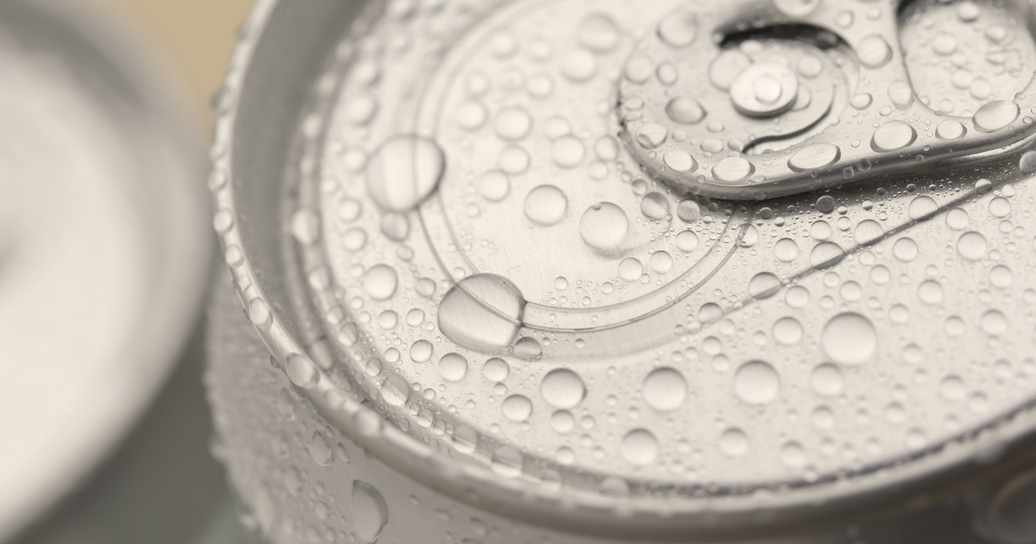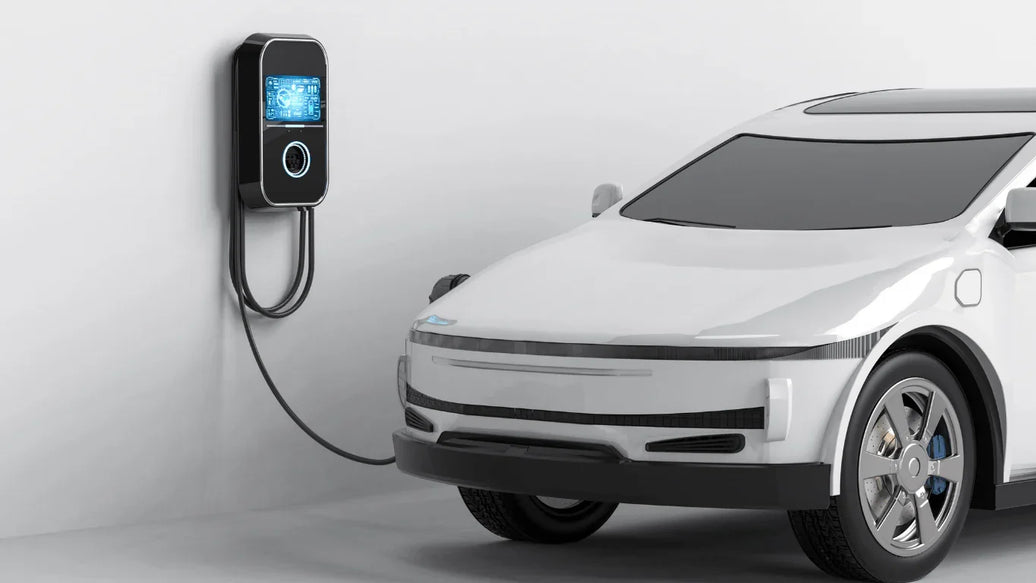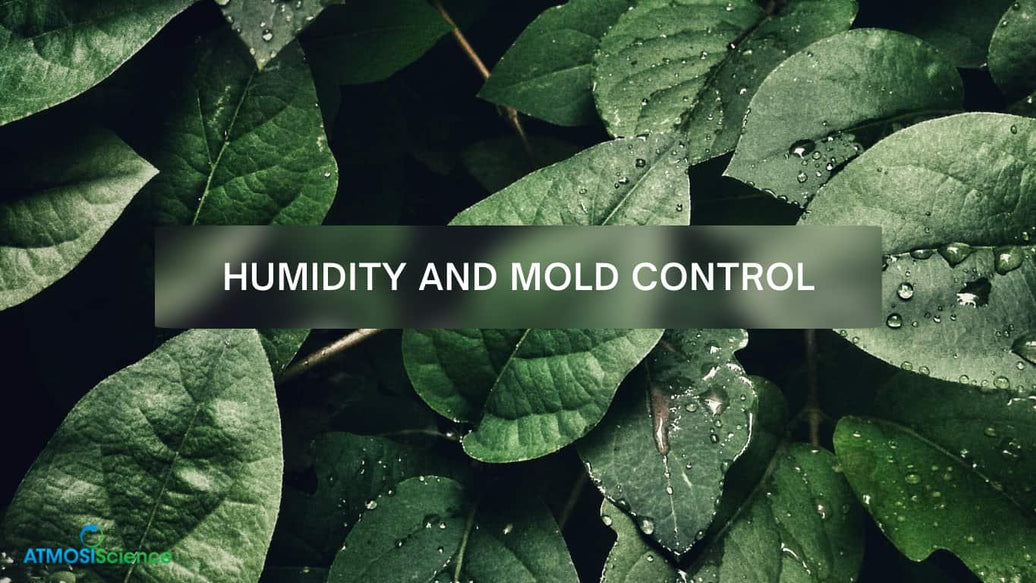When it comes to commercial humidity control, the impact is felt everywhere - across a wide range of industries, from healthcare facilities to electronics manufacturing plants, food processing sites, and of course, museums safeguarding treasures. At ATMOSIScience, our mission revolves around providing top-tier humidity control solutions for every commercial environment. The importance of proper commercial humidity control goes beyond comfort: it’s about creating healthy workplaces, extending equipment life, maintaining compliance, and securing sensitive assets.
This guide will lead you through the scientific basis for humidity control, practical considerations for system design, an overview of advanced technologies, and trends shaping the future of commercial humidity control.

Fundamentals of Humidity and Moisture Behavior
Humidity is everywhere, but few topics are as crucial as understanding its effect on commercial spaces. Relative humidity (RH), the basis of all humidity control, refers to how much water vapor air contains versus its maximum possible at any temperature.
Commercial humidity control usually targets 40–60% RH for best results: outside this zone, you risk mold, static, warped materials, or damaged inventory.
Think about how commercial humidity control solves everyday problems: leaky doors, busy kitchens, manufacturing lines, and office crowds all pump extra moisture into the air. Without vigilant humidity control, condensation forms, triggering everything from unsightly stains to persistent mold and even expensive equipment failures. Mastering humidity control means understanding the dew point, a temperature where air starts letting go of excess moisture - information essential for any commercial environment.
Scientific principles behind humidity control
Commercial humidity control is guided by science, specifically psychrometrics - the relationship between temperature, moisture, and pressure. Keeping ahead of humidity means capitalizing on the natural movement of water vapor from wetter to drier zones.
Most commercial humidity control systems use HVAC equipment to adjust humidity: when air is too humid, cooling and condensation pull excess moisture out; when it’s too dry, humidifiers add it back in. Both processes use energy wisely - leveraging physics for efficient humidity control.
Today’s commercial humidity control strategies often feature sensors and automation. These enable your system to track humidity changes in real-time, dynamically adjusting to occupancy, climate, and even process load.

Commercial humidity control technologies
The world of commercial humidity control technologies is diverse and getting smarter:
Isothermal (Steam) Humidifiers: Direct steam injection for sterile humidity control, vital for labs and medical environments.
- Adiabatic (Evaporative) Humidifiers: Moisture is added with energy savings - a mainstay for large commercial humidity control in warehouses. Clean water is key for reliable humidity control performance.
- Refrigerant-Based Dehumidifiers: Common in offices, schools, and retail, these are go-to solutions for standard commercial humidity control scenarios.
- Desiccant Dehumidifiers: These provide robust humidity control at low temperatures and ultra-low RH, excelling in specialty and industrial humidity control roles.
At ATMOSIScience, we advise on the ideal mix for your specific commercial humidity control demands.
Designing optimal commercial humidity control systems
Smart commercial humidity control system design starts by knowing your targets:
Pharmaceutical operations need unwavering 45–55% RH.
- Electronics plants demand even tighter humidity control (40–50%) to prevent static.
- Food processing companies rely on precise humidity control (50–60%) to prevent spoilage.
- Museums and galleries require the gold standard in humidity control, often holding RH within ±5% of a narrow range.
Reliable commercial humidity control uses well-placed sensors, resilient hardware, and agile building management systems. Ventilation and exhaust ensure localized humidity control for kitchens, bathrooms, or labs.

Real-world applications and case studies
Commercial humidity control isn’t just theory - it’s what powers:
- Clean rooms in pharma: Where humidity control upholds sterility and product safety.
- Electronics factories: Where humidity control preserves sensitive manufacturing.
- Food plants: Where humidity control extends freshness and combat bacteria.
- Museums: Where humidity control is all that stands between priceless oil paintings and deterioration.
- Offices and schools: Where humidity control cuts down illness and keeps mold in check.
Maintenance and monitoring essentials
Any robust commercial humidity control program relies on hands-on care:
- Frequent sensor calibration - accuracy is everything for humidity control.
- Scheduled cleaning - prevents mineral and biological buildup that compromise humidity control.
- Filter swaps - prevent airflow restrictions that undermine humidity control performance.
- Drain checks - stop water from pooling, which can spell disaster for humidity control.
Remote system monitoring means problems never slip by unnoticed. The best commercial humidity control is reliable, hands-off, and consistent.
Emerging trends and future directions
The horizon for commercial humidity control is filled with new possibilities:
- Innovative materials make desiccant-based humidity control systems more efficient.
- IoT, AI, and big data ensure zoning and adaptive humidity control in real time.
- Renewables are being integrated into humidity control for greener facilities.
- Green building certification programs heavily weigh humidity control quality alongside air quality and lighting.
Conclusion
Mastering commercial humidity control isn’t just about numbers - it’s an ongoing effort to protect health, enhance comfort, preserve valuable materials, and cut operating costs. Whether it’s for a global electronics company, a pharmaceutical giant, or a museum full of heritage treasures, humidity control is at the core of lasting success.
ATMOSIScience stands ready to provide industry-leading commercial humidity control solutions, guidance, and support. Want your assets protected by best-in-class humidity control? Find out more or book a consultation today.
Explore humidity control solutions for sensitive environments like museums here:
ATMOSIScience Museum & Oil Painting Collection.

